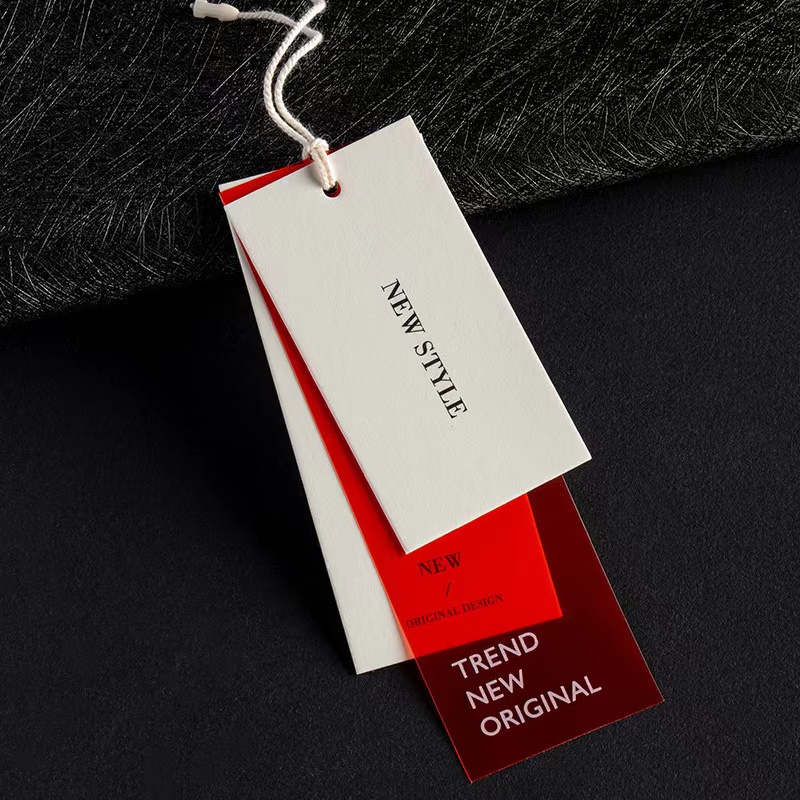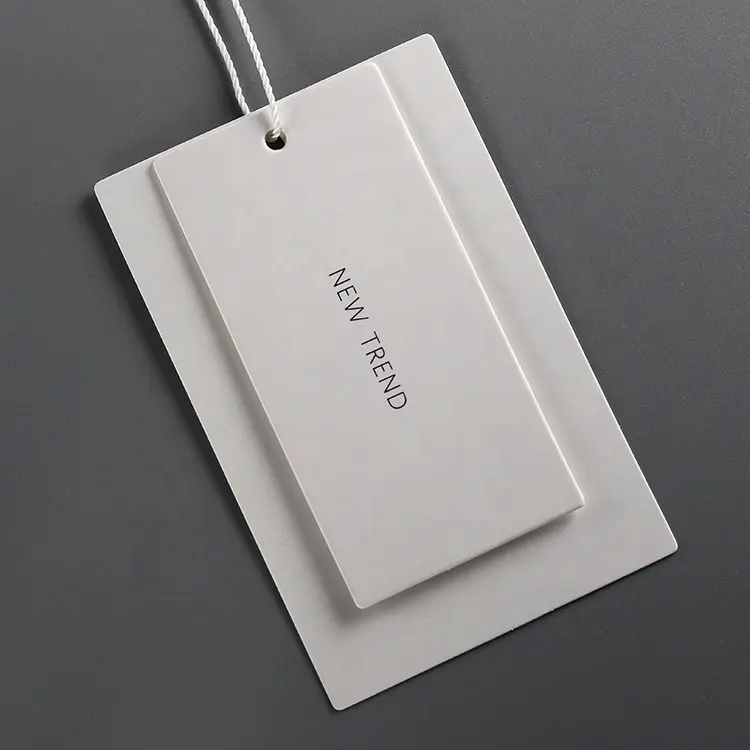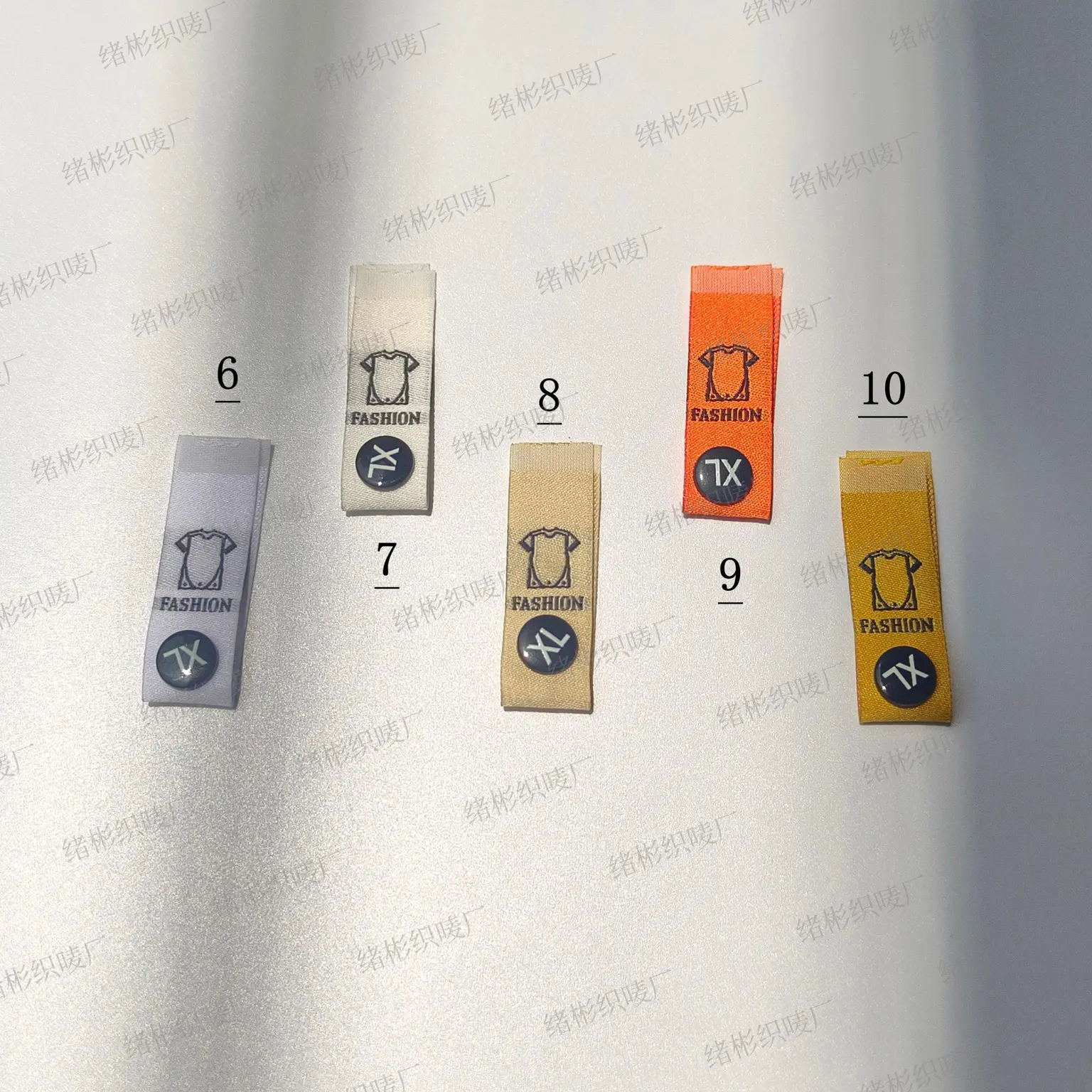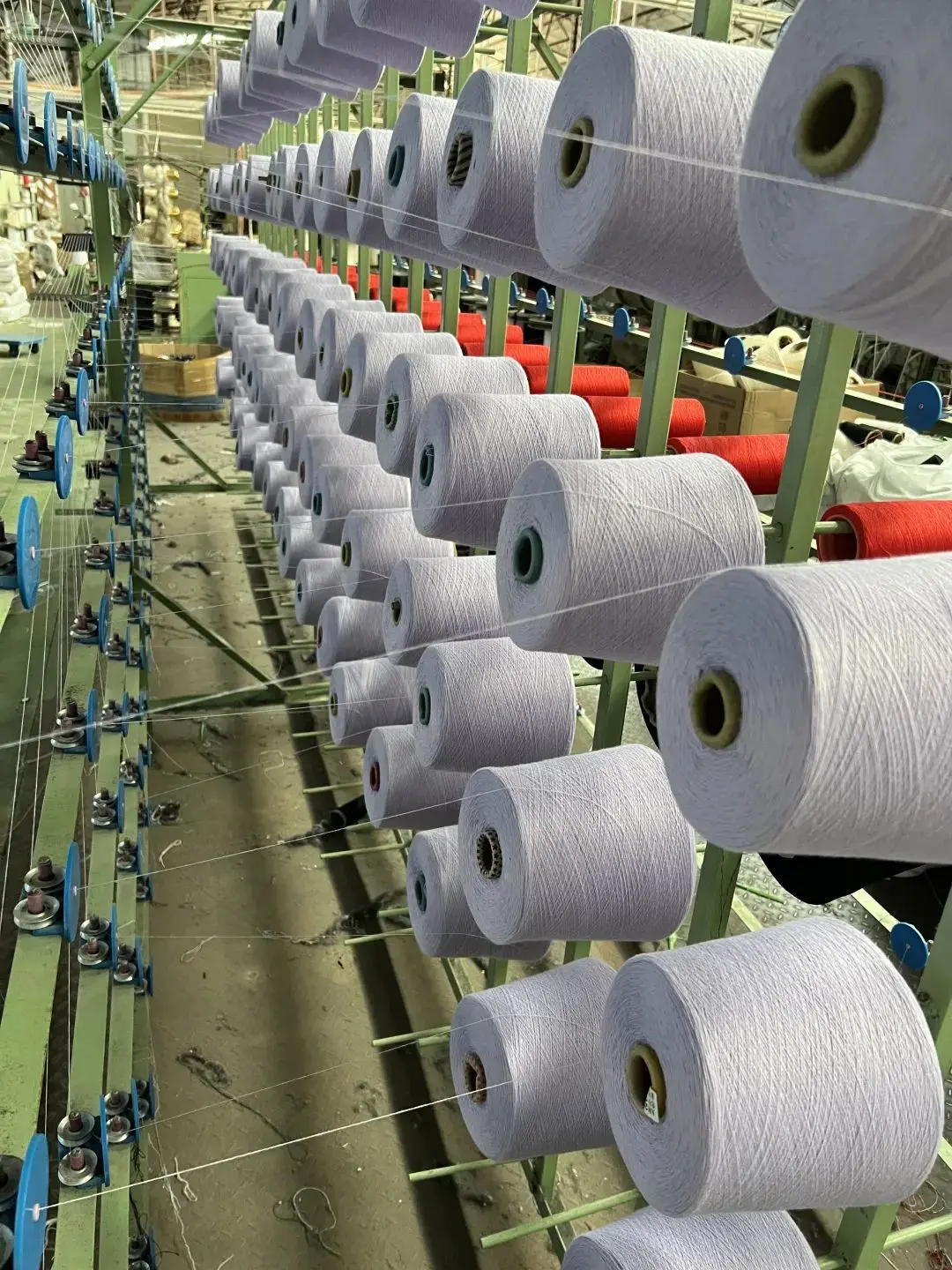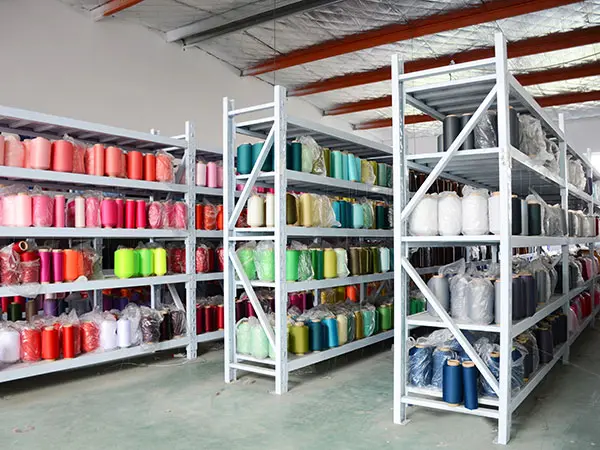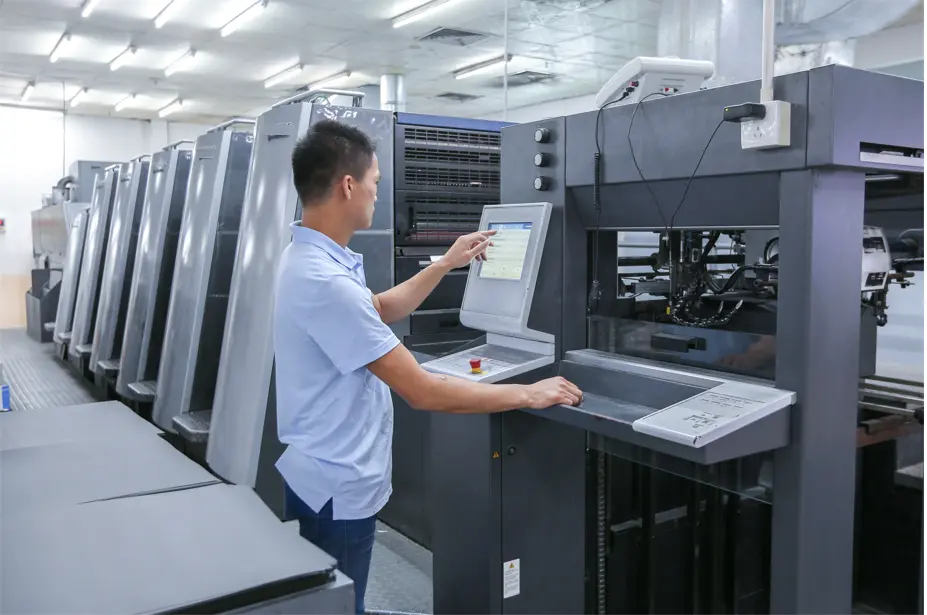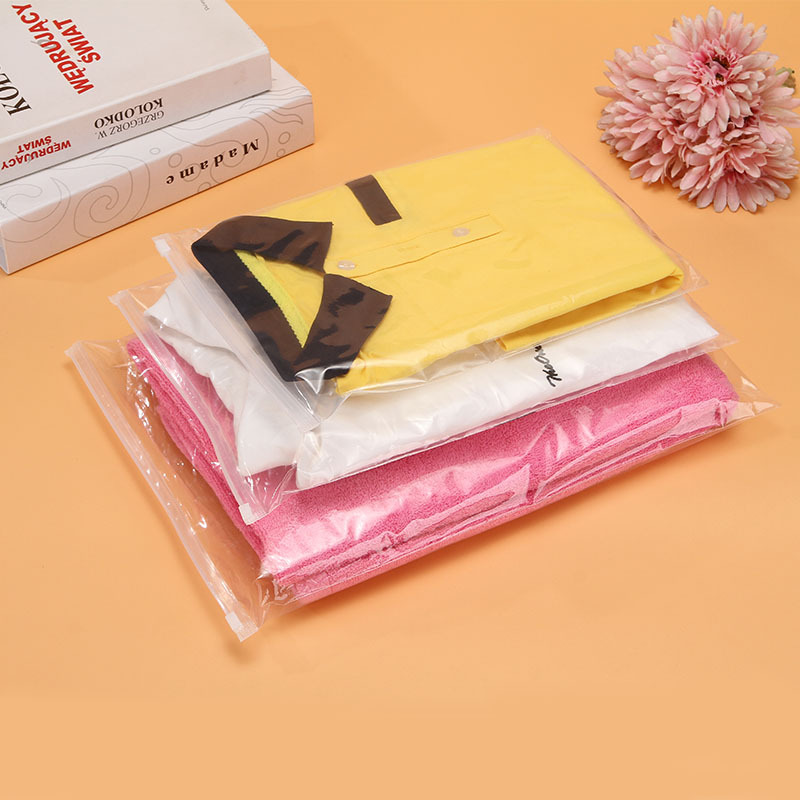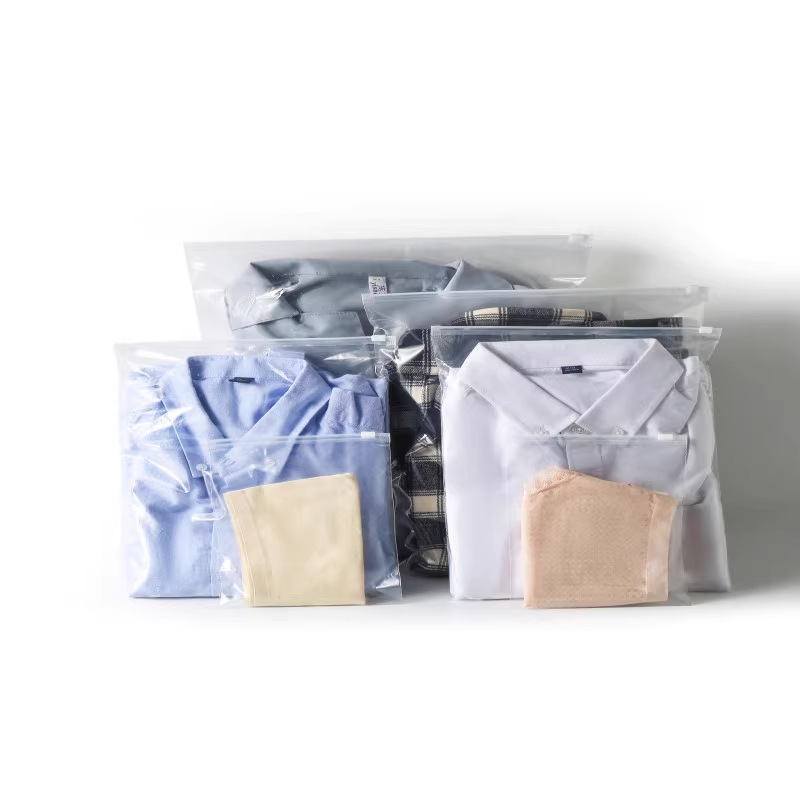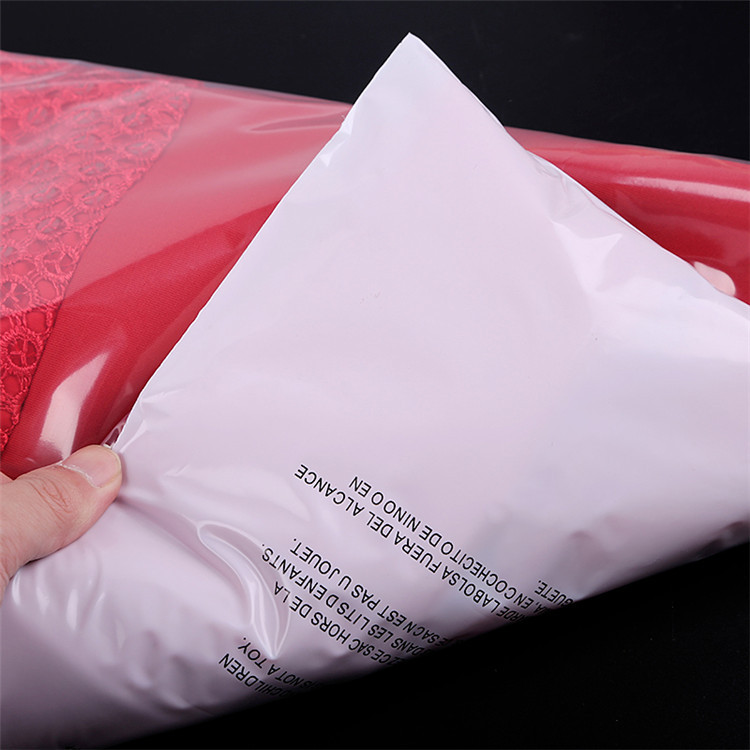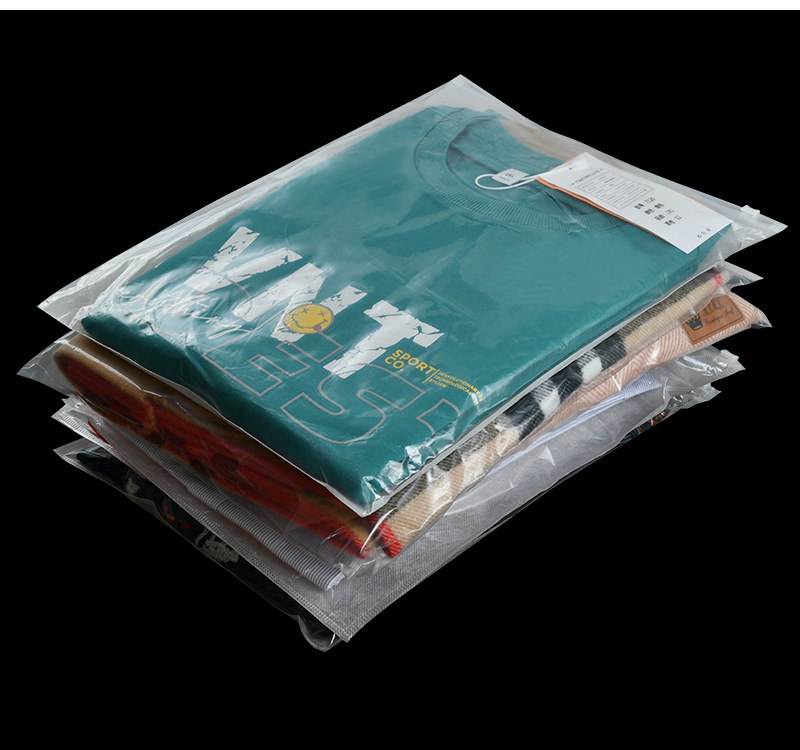How to Customize a Clothing Zipper Bag?
Customize a Clothing Zipper Bag
Zipper bags are a widely used type of packaging product, named after their unique zip-lock design. Thanks to their convenient opening/closing mechanism and strong sealing performance, they are used across various industries.
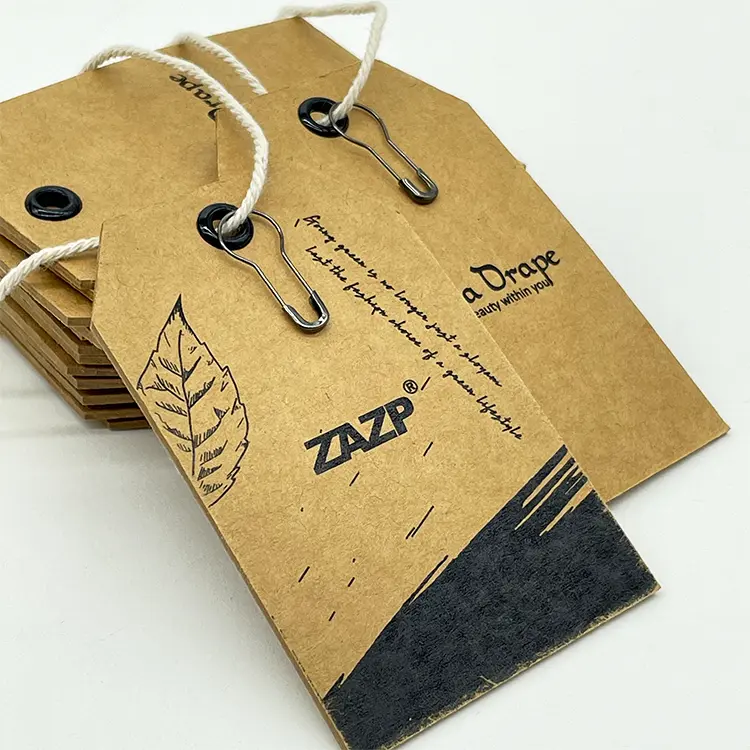
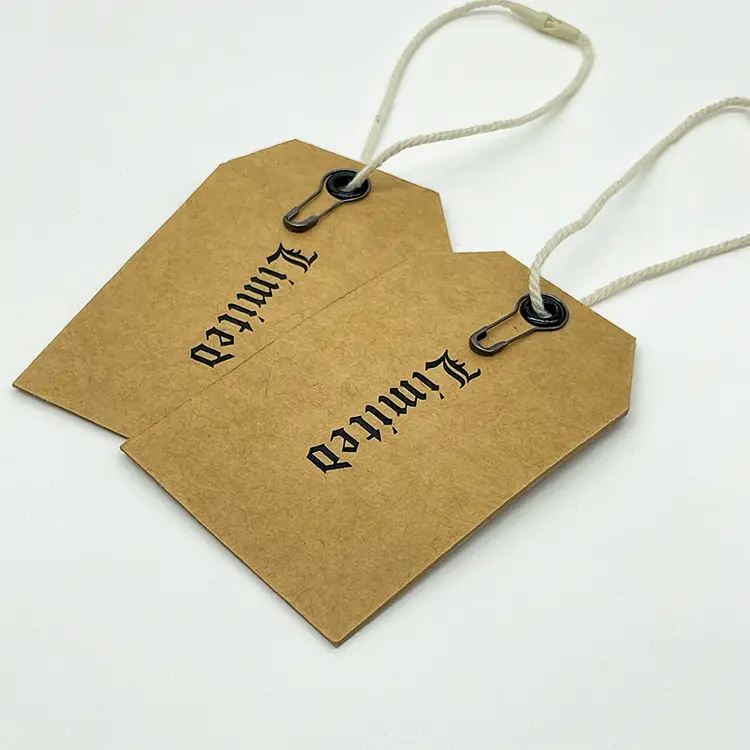
Common Materials for Zipper Bags
Zipper bags are typically made from materials such as Polyethylene (PE), Polypropylene (PP), and Polyester (PET):
1. PE: Soft and flexible, commonly used for food and daily necessities packaging.
2. PP: Higher hardness and better transparency, suitable for products with high visual appeal requirements.
3. PET: Offers excellent barrier properties and strength, ideal for long-term storage and moisture/oxidation-sensitive products.
Applications
Zipper bags serve multiple purposes:
1. Food Packaging: Nuts, candies, coffee beans, etc., maintaining freshness and flavor.
2. Daily Goods: Cosmetics, toiletries, and other personal care storage.
3. Industrial and Office Supplies: Used for tools, stationery, and more, tailored to diverse client needs.
Zipper Bag Types
1. Three-Side Seal Zipper Bag: Most common; sealed on three sides with a zipper at the top.
2. Four-Side Seal Zipper Bag: Sealed on all four sides, providing more internal space.
3. Stand-Up Zipper Bag: Features a special bottom design that allows the bag to stand upright for better display and storage.
Manufacturing Processes
1. Co-extrusion Blown Film Process
Utilizes multi-layer co-extrusion machines to extrude different plastic materials simultaneously, forming a multi-layer film.
Outer layer: Optimized for printing.
Inner layer: Offers excellent heat sealing.
Benefits: Improved overall performance—barrier properties, strength, flexibility.
2. Solvent-Free Lamination
Combines two or more films using solvent-free adhesives at room temperature.
Eco-friendly compared to traditional solvent-based methods.
Enhances peel strength and hygiene.
3. Zipper Injection Molding
Used for premium zipper bags with high performance requirements.
Plastic pellets are injection molded directly into zipper shapes and fused with the bag edges.
Ensures a stronger, more durable zipper.
4. Laser Cutting
Applied for precise cutting of bag edges, resulting in clean, smooth edges and minimizing thermal deformation.
Improves overall bag quality.
Key Production Details
1. Raw Material Integrity: Ensure blown film has no leaks to prevent sealing deformities.
2. Heat Sealing Prep: Choose the right sealing temperature and clean sealing surfaces. Make sure the heat-sealing blade and insulation fabric are intact and flat.
3. Parameter Optimization: Temperature, pressure, and dwell time (or speed) must be carefully adjusted for optimal sealing.
Quality Control Checks
During production, inspect for:
Size and Appearance: Flatness, alignment, visual defects, and any custom requirements (e.g., tear notch positions).
Zipper Orientation: Especially at the connection segments.
Seal Strength and Integrity:
Use a dye-infused penetration liquid to check for leakage.
Fill with water and suspend upside-down for 24 hours to test for leakage.
Zipper Flatness: Important for aesthetic and functional sealing quality.
Additionally, factors like laminate peel strength, ink heat resistance, additives in the sealing layer, sealing width, and film thickness uniformity all affect the final product quality and should be comprehensively considered.
Choosing a Manufacturer
To ensure zipper bag quality and avoid packaging failures or after-sales issues, selecting a reliable and experienced manufactureris crucial. Working with a quality supplier means less hassle, fewer problems, and reduced costs.
LIJIE Factory (China)specializes in custom zipper bags made exclusively from new materials. Options include HDPE, LDPE, and laminated structures tailored to client needs.
More:Custom T Shirt Price Tags | High Density Damask Clothing Woven Labels | Custom Black Kraft Paper Hang Tags | Custom Clothing Writing Label























